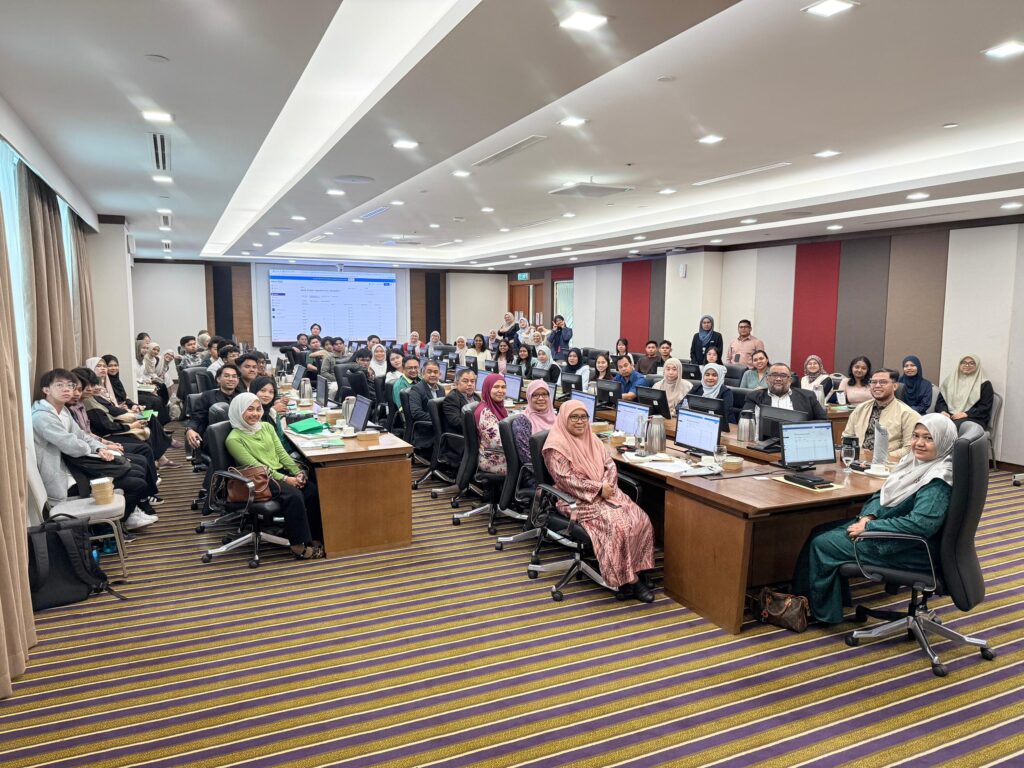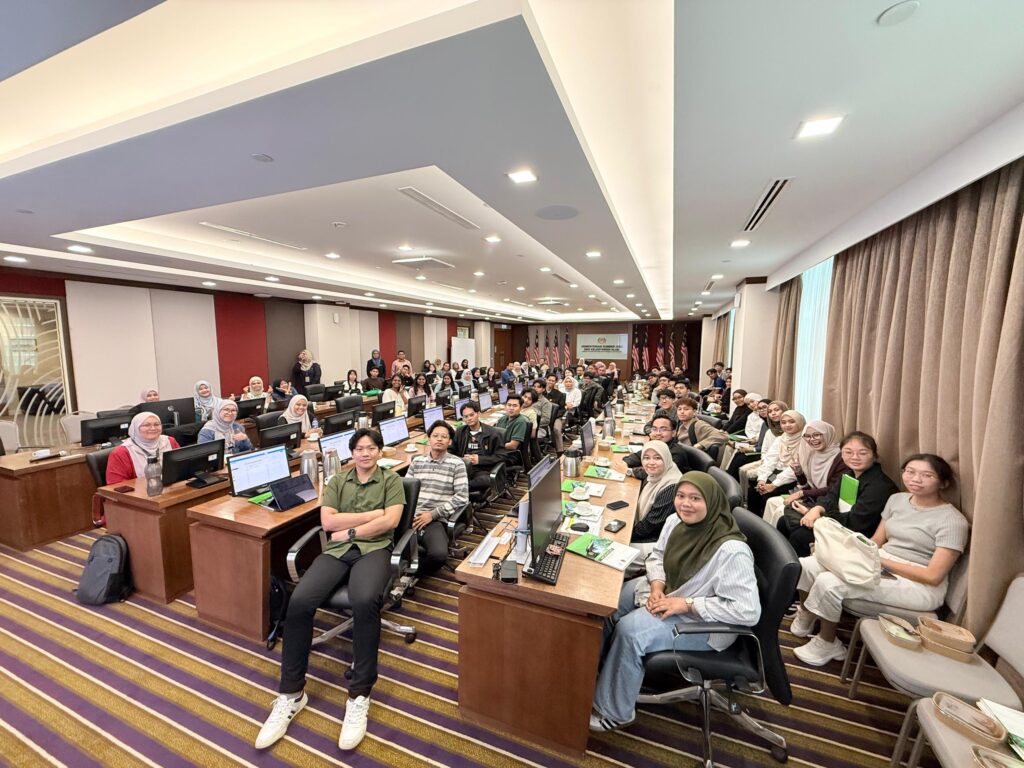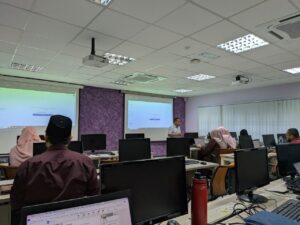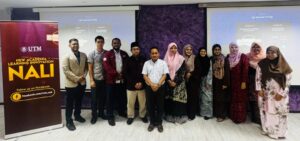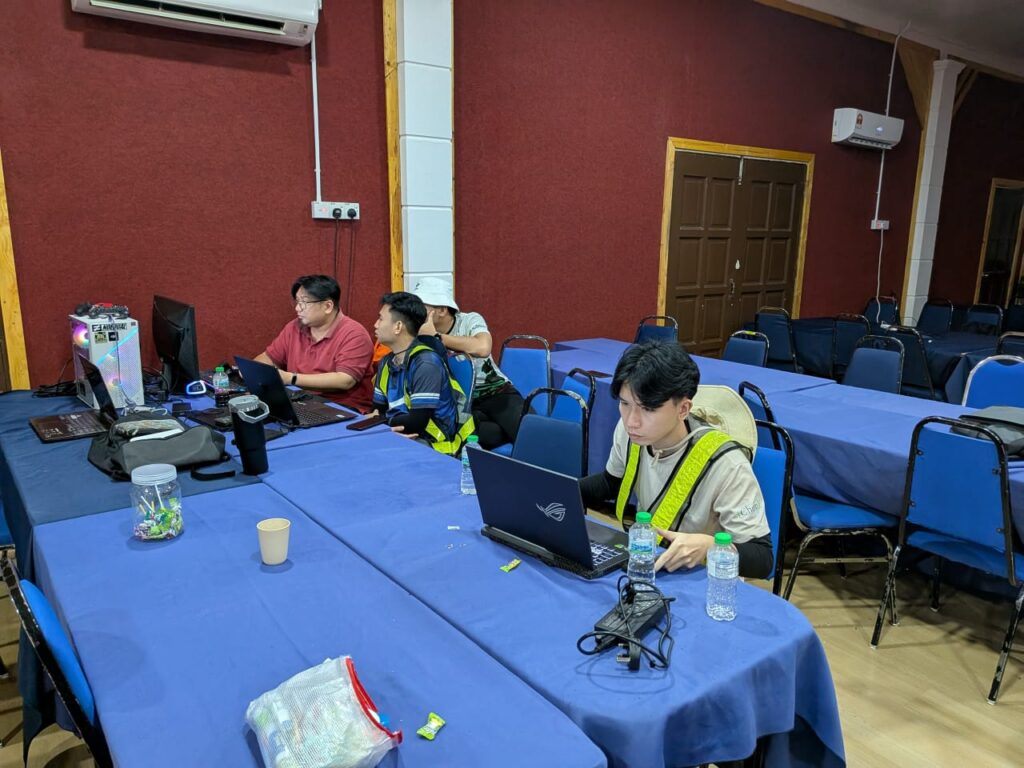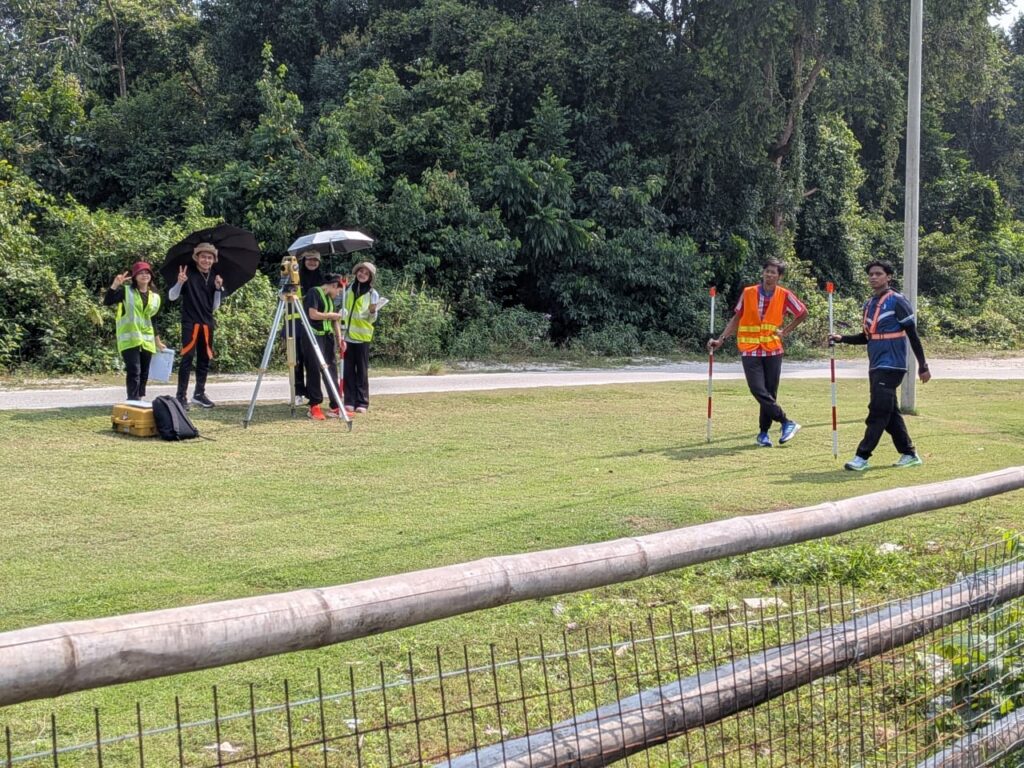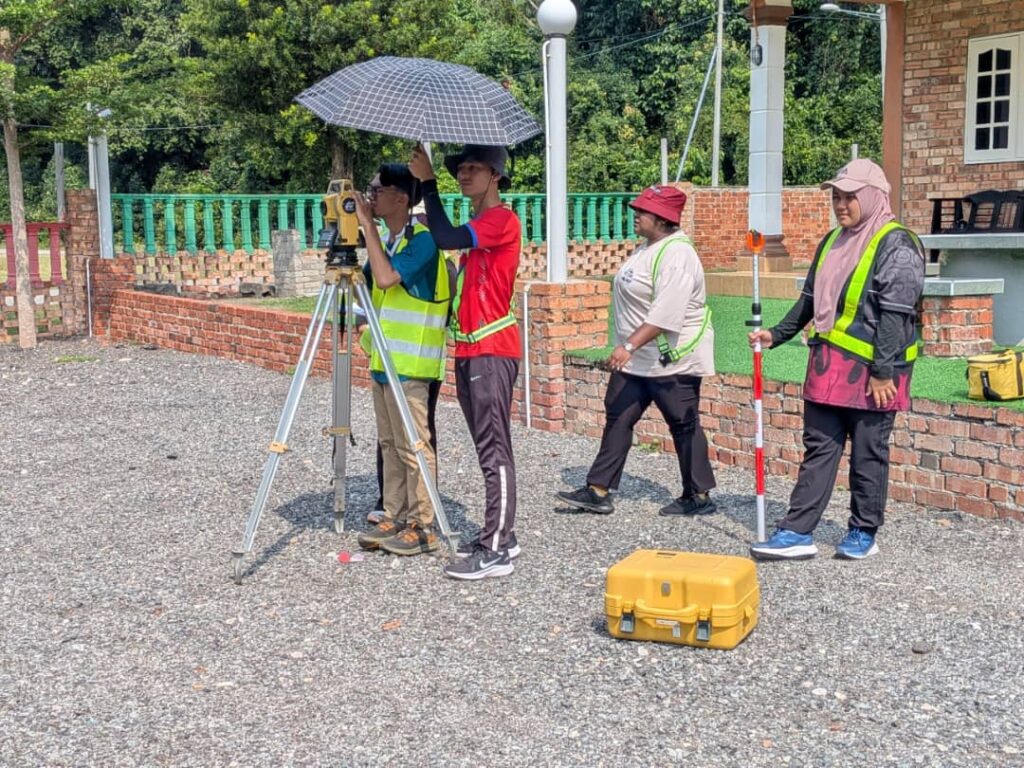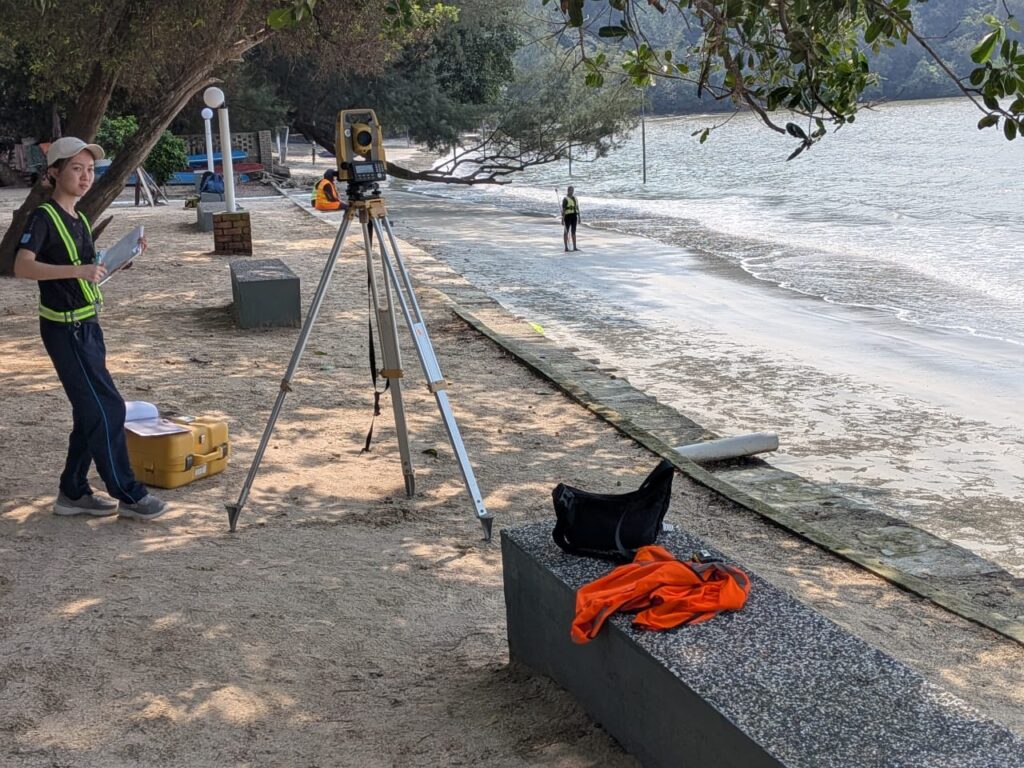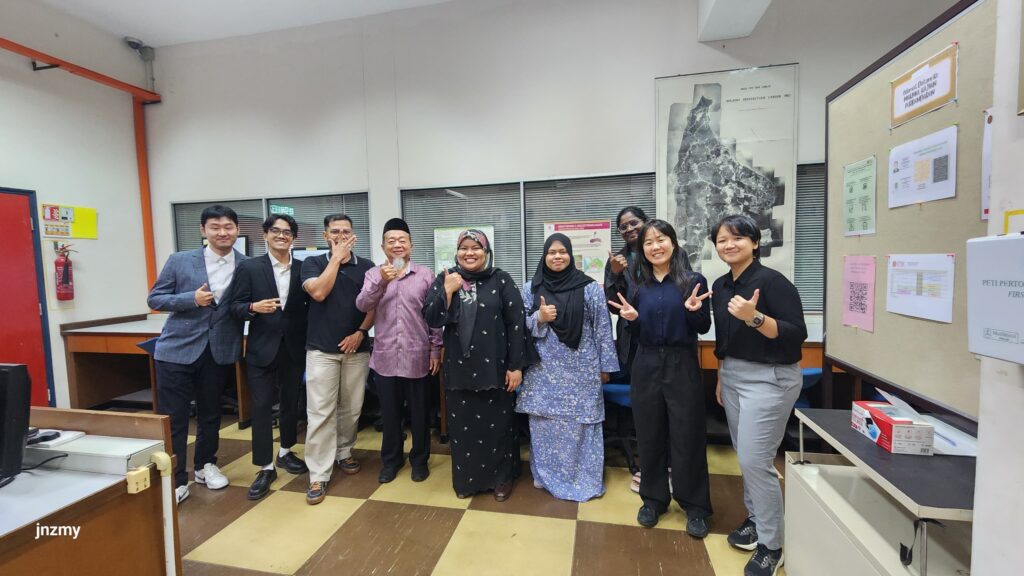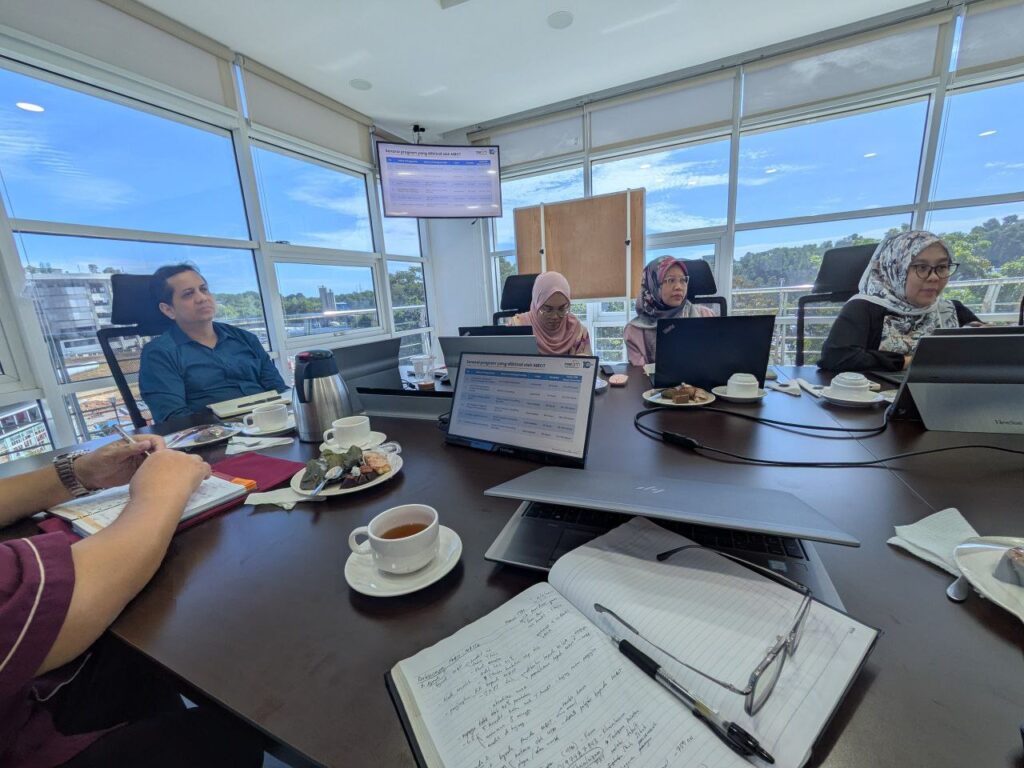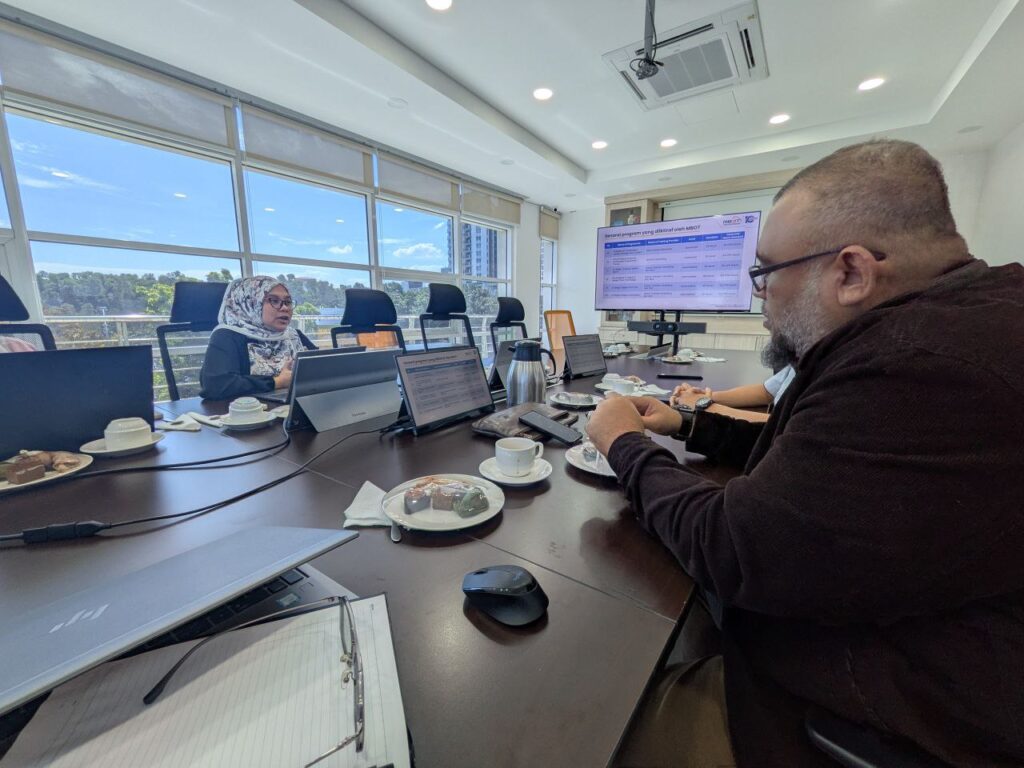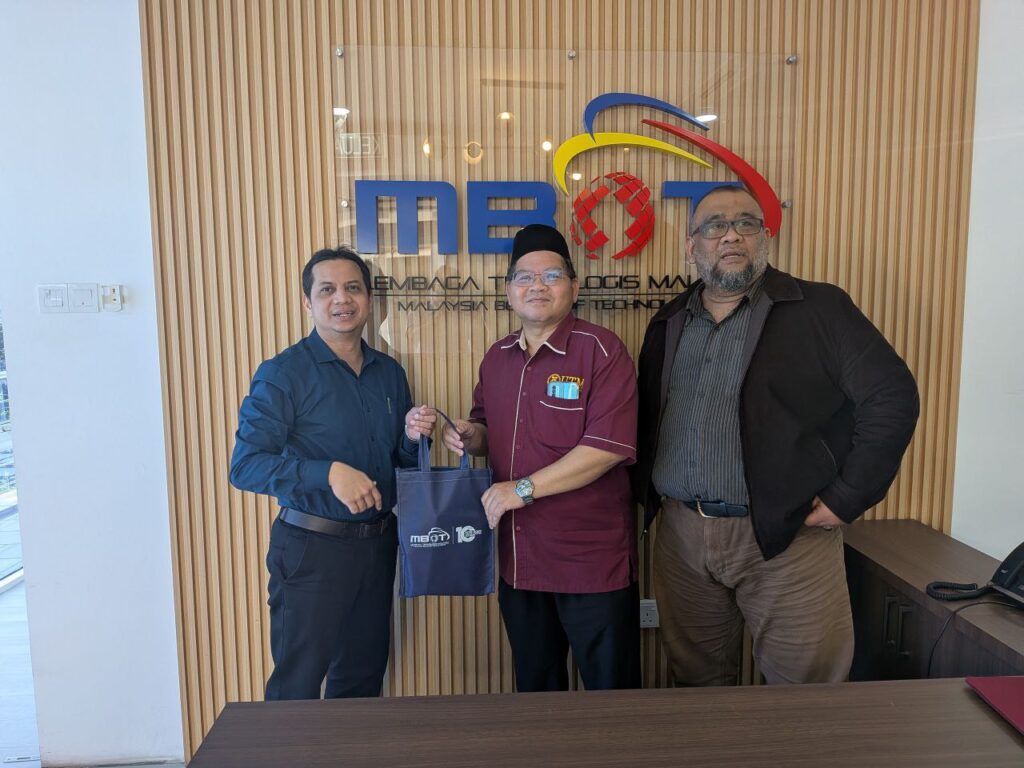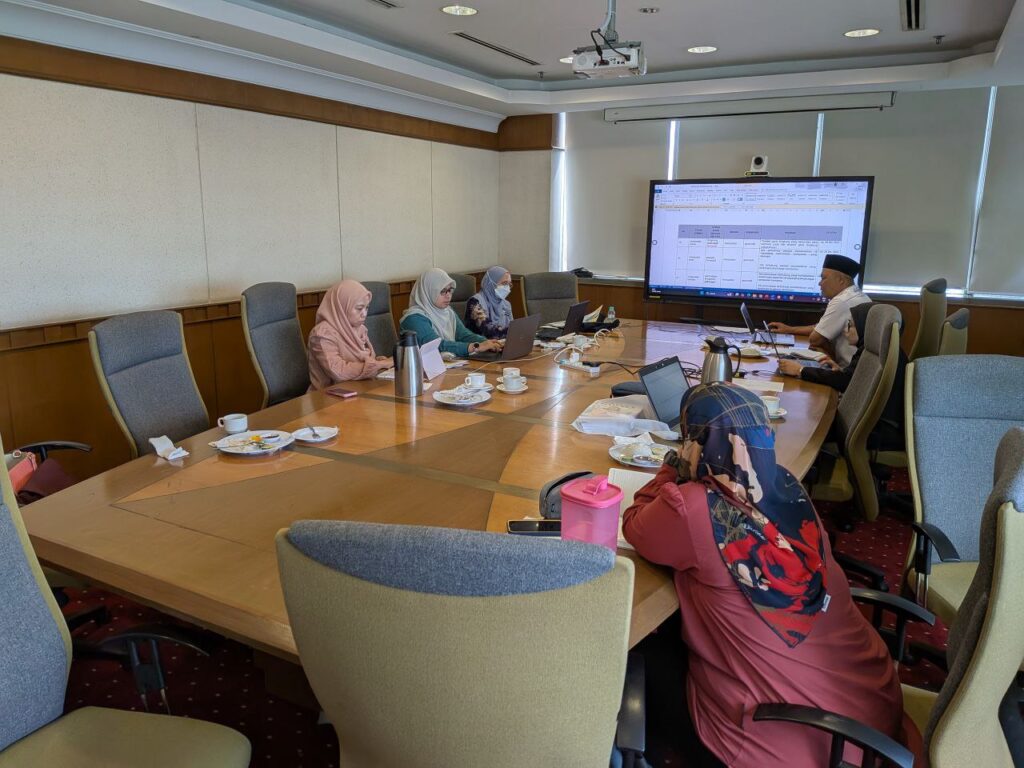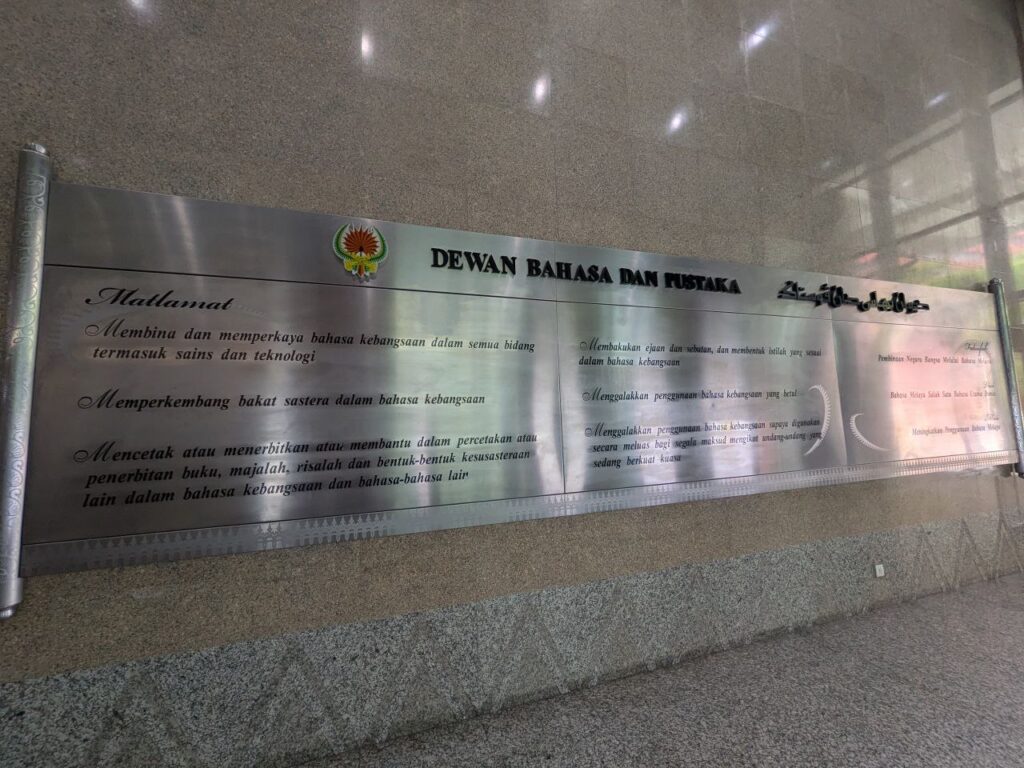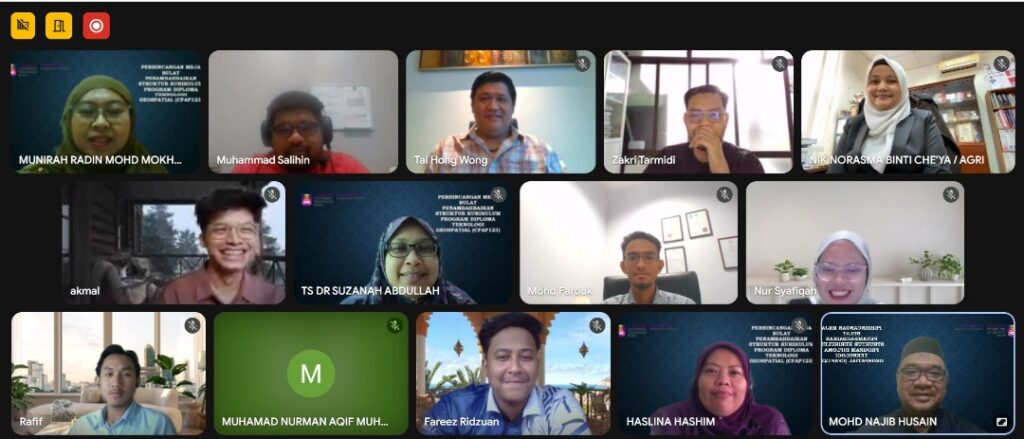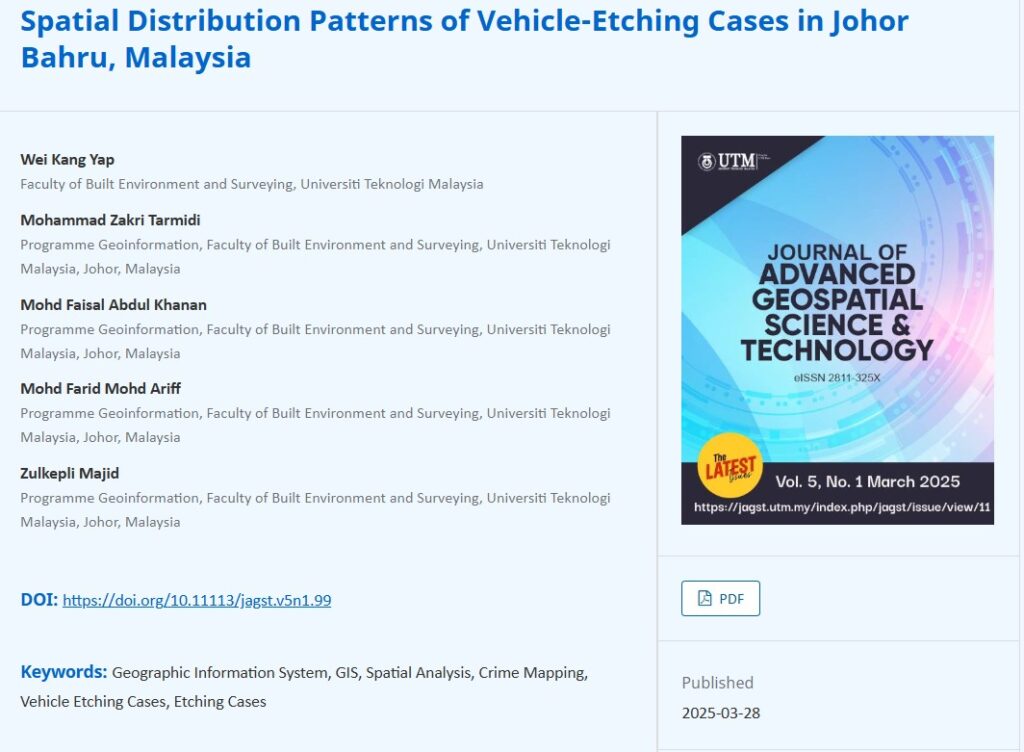Last Tuesday, the GeoConnect 25 delegation had an enriching visit to the Pusat Geospatial Negara (PGN) — the national authority coordinating geospatial data and standards in Malaysia under the Ministry of Natural Resources and Environmental Sustainability.
We were welcomed and had a productive discussion with Director of PGN, Rusliza Hanim binti Maarif, gaining strategic insights into PGN’s role in driving geospatial coordination, data sharing, and national spatial data infrastructure.
The session continued with a comprehensive presentation by Sr Dr. Noor Anim Zanariah binti Yahaya, where she elaborated on the functions, history, and key initiatives of PGN — from policy development and standards to outreach and technical reference services.
We also learned about data acquisition processes at PGN, including how users and institutions can request and access geospatial data for planning, research, and application development.
The visit concluded with an interactive Q&A session with students, offering them firsthand exposure to national-level geospatial data governance and practical engagement with PGN experts.
This experience was made even more meaningful thanks to the excellent coordination by students from the Geoinfo Club, UTM, who organised the logistics and engagement throughout the visit.
GeoConnect25 #PusatGeospatialNegara #PGN #Geospatial #MyGDI #SpatialData #UTM #Geoinformatics #StudentEngagement
